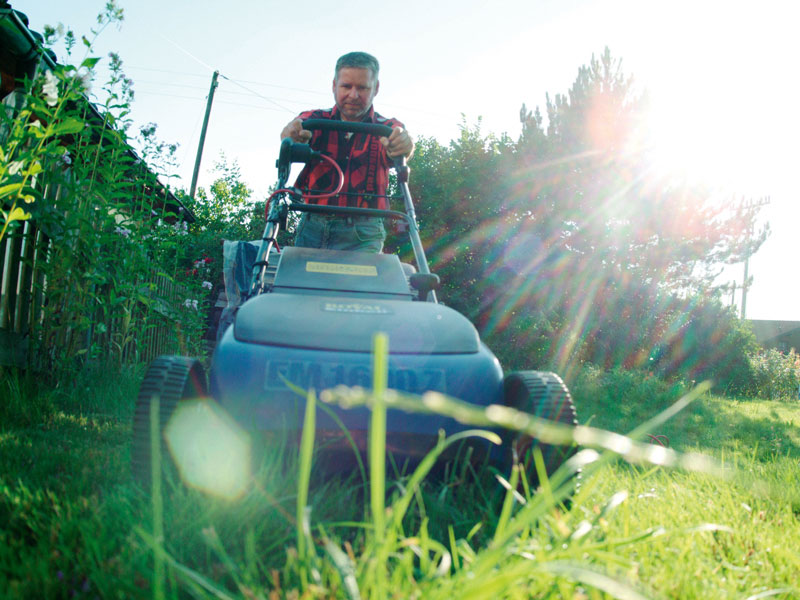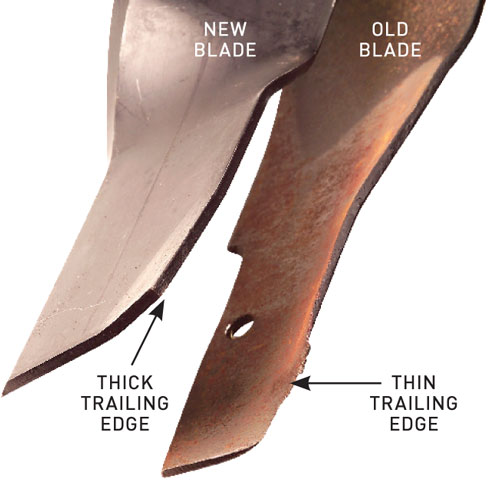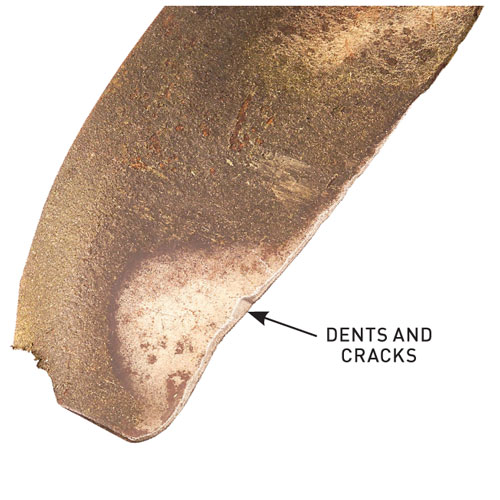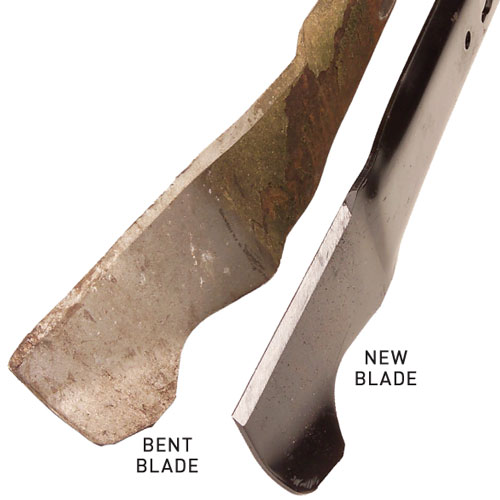Late Autumn Lawn Care

Keep turf healthy all year round by giving it a little TLC in the cooler months.
Even though the warmer days are coming to an end it’s not too late to condition an existing lawn or install a new one.
‘Early May is a good time to lay new turf in areas not prone to frost because the weather is cooling down but there’s still warmth in the soil for roots to establish,’ says Nigel Ruck, brand ambassador for Sir Walter turf.
Grass growth slows as the weather turns cool but there are still insects, weeds and diseases to stay on top of.
Preparing a new site
A healthy and free-draining soil bed helps turf establish roots easily.
Says Nigel, ‘If installing a new lawn it’s good to do some rotary hoeing to loosen hard ground. Add gypsum and organic matter to clay soil, and sandy soil can also do with added organic matter.’
Treating existing lawns
Aeration of compacted lawns is important for healthy turf later. To open up the soil drive a garden fork into the lawn and wiggle it. For larger areas hire a lawn corer.
Adding extra nutrients
In areas where the soil temperature is above 18° it’s a good idea to fertilise.
‘Feeding is important as it gives the lawn the nutrients it needs to hold colour through winter and the legs to bounce back in spring,’ says Nigel.
‘Use a complete lawn fertiliser but follow the instructions as many need to be watered in.’
If topdressing is required after coring a lawn use a sandy loam about 10mm thick brushed evenly over the area, leaving the tips of the leaf blades showing.
Check the soil pH
Turf flourishes in slightly acidic or neutral soil so check the acidity or alkalinity with a pH test kit from a nursery or garden centre.
The ideal range for lawns is between 6.5 and 7.0. A reading of less than 6.5 means the soil is slightly acidic and garden lime or dolomite should be added.
A result of more than 7.0 shows the soil is too alkaline and needs sulfur spread over it to lower the pH.
Replacing mower blades
Mower blades tend to get ignored until they stop doing the job so once a year it’s a good idea to check if new ones are required.
Remove the mower blades and look for problems such as a thin trailing edge, bends, dents or cracks.
TIP If there’s nothing obvious take the blade to a hardware store and compare it to a new one.
THIN TRAILING EDGE The edge opposite the cutting edge is called the trailing edge and is often slanted upward to create an updraft for lifting grass and clippings. Dust and sand can wear it down so when it becomes thin the blade needs replacing.

Dust and sand can wear down a blade when it becomes thin the blade needs replacing
DENTS OR CRACKS If there’s obvious erosion from wear and sharpening and the cutting edge can’t be filed smooth the blade should be replaced.

If dents and cracks cannot be filed, the blade needs to be replaced
BENT BLADE Check the blade by laying it on a work bench to see if there are kinks or obvious bends. Compare it to a new one to be certain.

Check the blade by laying it on a work bench to see if there are kinks or obvious bends
Adjusting cutting height
As the weather cools protect slower growing grass by adjusting the setting of the mower.
‘Gradually raise the height of cut by 10mm to allow for the slower growth rate, with the view to letting the lawn grow longer for winter,’ says Nigel.
‘Warm season grasses like buffalo, kikuyu and couch go into a dormant phase with lower soil temperatures. The larger the leaf the higher the rate of photosynthesis and the turf is better equipped to shade out weeds.’
‘Prune back large trees and bushes that overhang the lawn so more sun reaches the turf,’ he adds.
This article originally appeared in the May 2011 edition of Australian Handyman magazine








